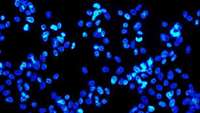Tufts scientists grow functioning human neural networks in 3D from stem cells
A team of Tufts University-led researchers has developed three-dimensional (3D) human tissue culture models for the central nervous system that mimic structural and functional features of the brain and demonstrate neural activity sustained over a period of many months.
Small Molecules boost Cpf1-mediated Genome Editing in Pluripotent Stem Cells
While CRISPR-Cas9 genome editing in human pluripotent stem cells (hPSCs) has stolen the headlines of recent times, another CRISPR system employing Cpf1 also holds great potential [1].
Drug regulator raids 4 cell therapy makers
The pharmaceutical industry is paying keen attention to why the Ministry of Food and Drug Safety conducted an urgent inspection of four cell therapy developers.
A joint effort to understand cartilage development
Anyone with arthritis can appreciate how useful it would be if scientists could grow cartilage in the lab. To this end, Keck School of Medicine of USC scientists in the USC Stem Cell laboratory of Denis Evseenko, MD, Ph.D., collaborated with colleagues at several institutions to provide new insights into how gene activity drives the development of cartilage. Their findings appear today in Nature Communications.
Regenerative medicine: Cell conversion factors predicted
Thanks to a newly developed computational method, Luxembourg researchers can accurately predict how one subpopulation of cells can be converted into another.
Growing brain cancer in a dish
For the first-time, researchers at IMBA- Institute of Molecular Biotechnology of the Austrian Academy of Sciences – develop organoids, that mimic the onset of brain cancer.
Key Puzzle for Cellular Memory Solved
The cells in our body divide constantly throughout life. But how do cells remember whether to develop into a skin, liver or intestinal cell? Its a question that has puzzled scientists for many years.
Scientists discover neurodegenerative disease in monkeys
OHSU scientists have discovered a naturally occurring disease in monkeys that mimics a deadly childhood neurodegenerative disorder in people—a finding that holds promise for developing new gene therapies to treat Batten disease.
MOLECULE THAT LEADS STEM CELLS TO BONE MARROW DISCOVERED
An ‘antenna’ molecule, which is capable of guiding blood stem cells to their natural ‘home’, the bone marrow, has been discovered. The discovery could improve the efficiency of umbilical cord stem cell transplants.
MOLECULE THAT LEADS STEM CELLS TO BONE MARROW DISCOVERED
An ‘antenna’ molecule, which is capable of guiding blood stem cells to their natural ‘home’, the bone marrow, has been discovered. The discovery could improve the efficiency of umbilical cord stem cell transplants.


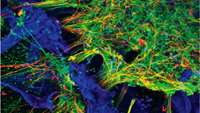
_114108.jpg)
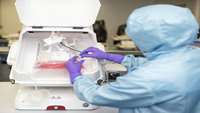
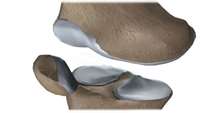

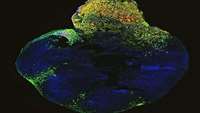
_113537.jpg)
_113536.jpg)
